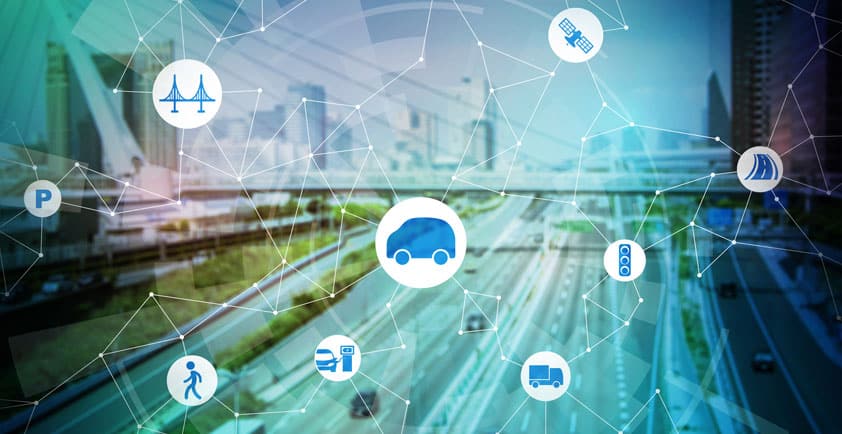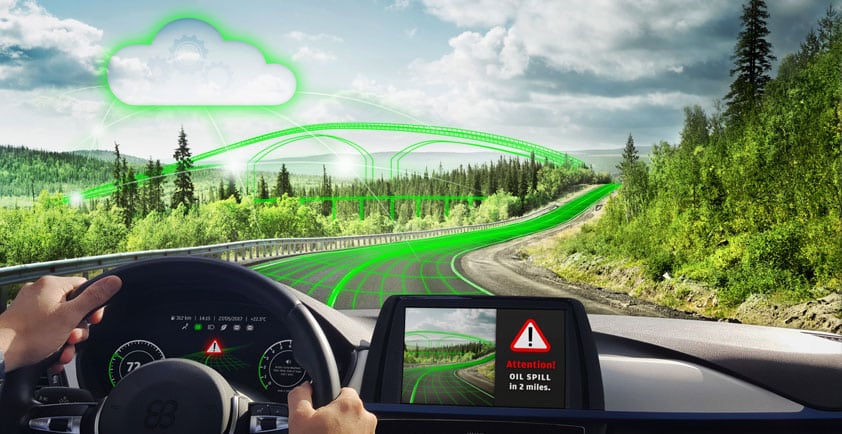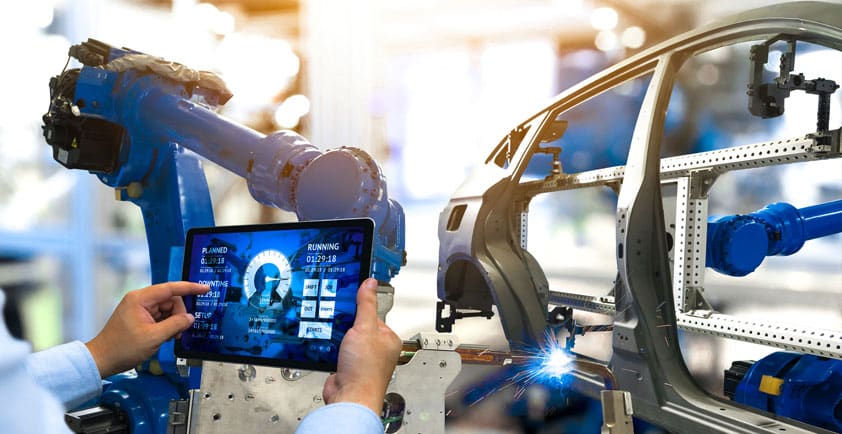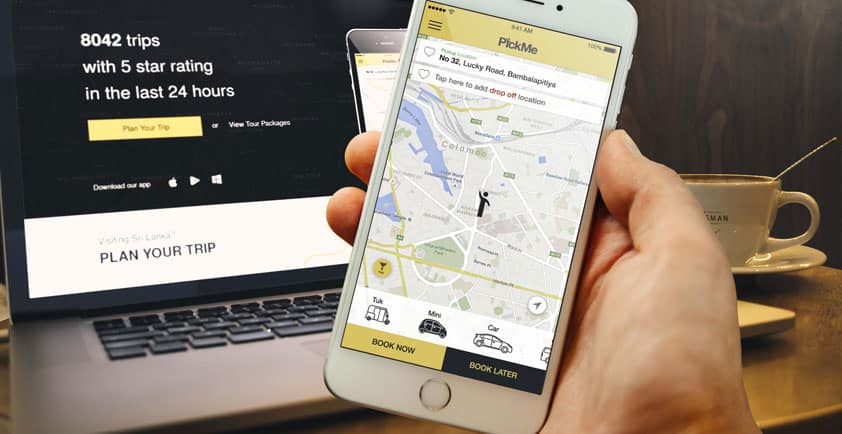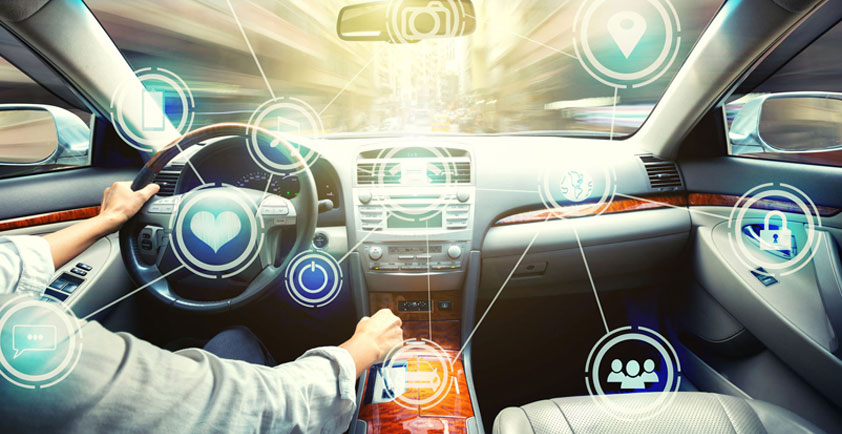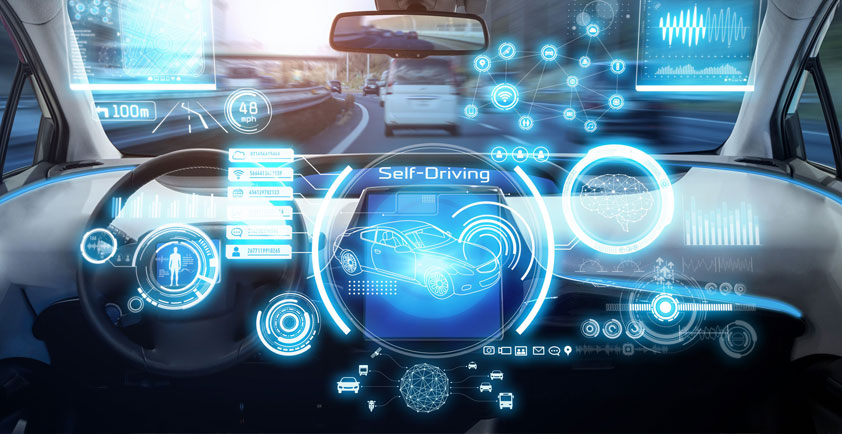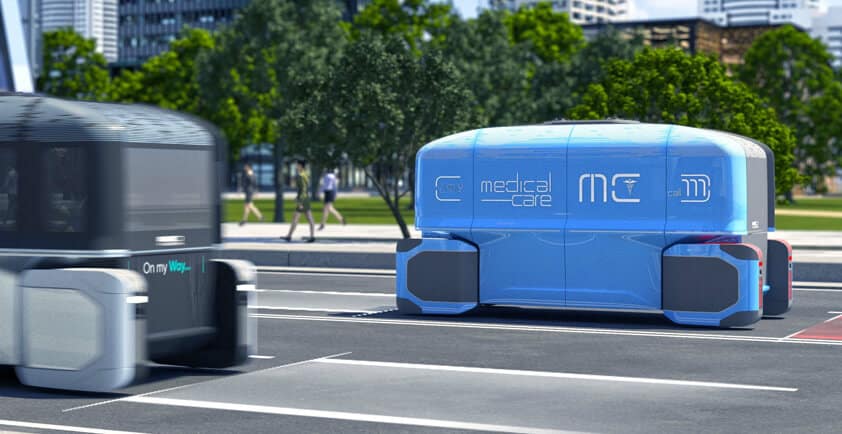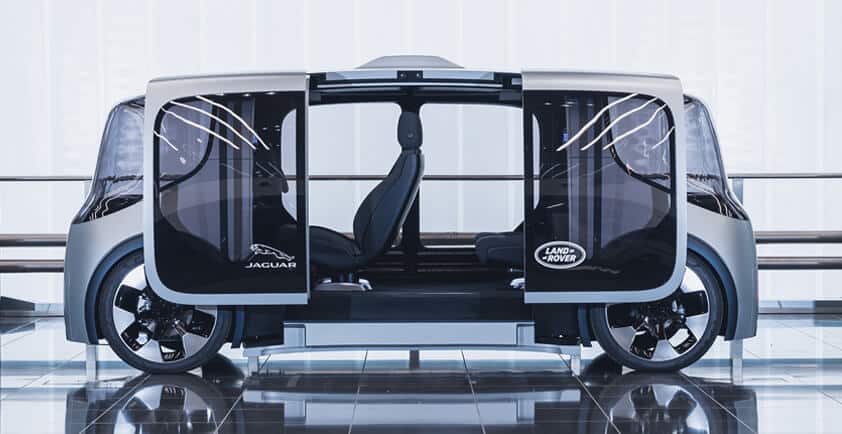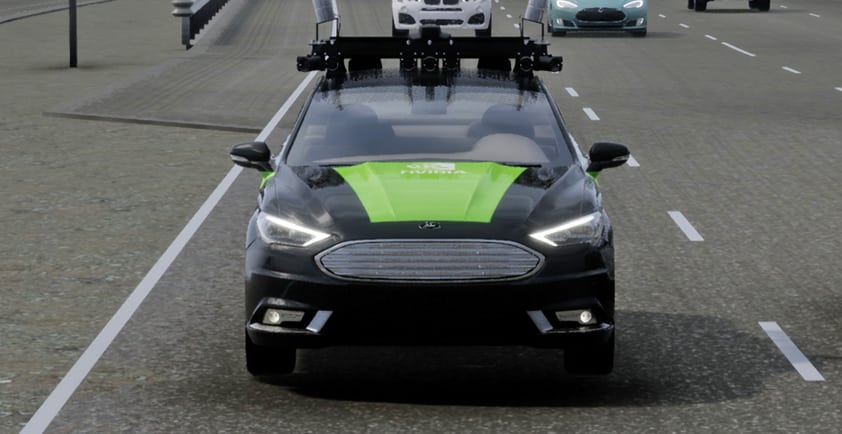

TELEMATICS IS DRIVING NEW BUSINESS MODELS FOR AUTO INSURANCE
>> UBI adoption is slower than expected, but digital exchange opens a road to new value creation
Technologies such as the internet of things (IoT), artificial intelligence (AI) and 5G are accelerating innovation in the automotive industry, giving rise to new opportunities for improved user experiences, collaboration with partners and data monetization. One area that’s gaining renewed attention as a result is telematics powered usage-based insurance (UBI). While UBI is not new, adoption has been slower than expected for several reasons. In addition to data privacy concerns, telematics devices have to be added or retrofitted to cars, data must be collected, stored and shared with multiple parties and deriving useful insights requires analytics on a massive scale. This has added layers of complexity to how companies can partner and collaborate with each other, as well as how the supporting technologies can be integrated to support new business models.
Next generation insurance: UBI, telematics and beyond
Despite these challenges, UBI and insurance telematics are anticipated to grow over 140 million subscribers globally by 2023 and over USD 700 billion in revenue through car data monetization by 2030. UBI uses data gathered from telematics devices (in-vehicle, plug-in device or mobile app), such as driving behaviors, time of day, miles driven, etc., to calculate auto insurance premiums rather than basing it on standardized risk profiles. More precise data insights provide insurance carriers with a much clearer risk profile for the drivers they insure and open the door to new partnering and business opportunities. For example,
> Breakdown alerts and maintenance reminders could be sent to drivers to reduce risk. This data could also be sold to interested parties such as manufacturers, part suppliers and local towing services.
> Weather and GPS data could be integrated to warn drivers of hazardous road conditions.
> Young drivers could be provided with immediate feedback on their driving behavior to help them learn safer driving habits.
> Car data could be sent to manufacturers for warranty, quality of parts and safety recall issues.
> The claims process could be accelerated due to better insights from sensors and cameras on the vehicle that can record culpability.
To realize these benefits, insurers must adopt digital infrastructures and interconnection – the direct and private traffic exchange between key business partners – to share and exchange data securely. And social-distancing mandated by the COVID-19 pandemic is intensifying the pressure for insurers to digitally transform to deliver new innovative offerings and revenue streams.
Warning, disruption ahead
Given this potential, it’s no surprise that players outside the traditional insurance industry are taking note. Automotive manufacturers, telematics specialists and data insights providers are aiming to disrupt the market. Examples include:
> Verisk launched the Verisk Data ExchangeTM, a telematics-powered driver data analytics platform that provides ready-to-use scoring models based on predictive analytics. Manufacturers such as Ford and Honda have joined the Verisk Data Exchange to provide UBI products as part of their "package of services" to their customers.
> Volvo partnered with commercial vehicle telematics specialist Geotab to rollout a new cloud-based fleet and driver management solution. Geotab has also made the Verisk Data Exchange add-in available on its marketplace, expanding the reach of Verisk tools into the commercial auto market.
> IMS, a car data solution provider, recently launched One App, a common development framework that enables the rapid creation of scalable, configurable telematics apps whether they are developed within the IMS platform or embedded in third-party apps.
Insurers are also partnering to accelerate innovation – for instance, Nationwide Insurance recently partnered with Cambridge Mobile Telematics (CMT) to expand its SmartRide® program with additional feedback for drivers aimed at reducing distracted driving. SmartRide allows drivers to earn a discount of up to 40% for safe driving behaviors, and this feedback will help show them how to drive more safely to earn those rewards.
Why digital exchange is key to the success of UBI
COVID-19 has drastically reduced the amount of driving across the globe, which is making consumers more receptive to sharing data for UBI policies. Younger drivers faced with steep premiums are beginning to opt for other modes of transportation such as rideshare, rentals or ride-hailing services. And the advent of autonomous vehicles could make accidents a thing of the past.
As these pressures continue to grow, market players will need to deliver more personalized, innovative services faster to stay in the game. Achieving this will depend on fast, secure, low-latency data exchange between telematics devices, networks, clouds, analytics platforms, partners and users. Companies are beginning to realize that building high-performance computing (HPC) infrastructures in third-party facilities adjacent to clouds and analytics toolkits, rather than in public clouds or on-premises, will result in better performance. By deploying a digital core in vendor-neutral interconnection hubs adjacent to networks and clouds, extending across edge locations and enhancing their digital capabilities through digital exchange, companies can drive innovation and maximize their competitive advantage.
On Platform Equinix®, companies can interconnect physically and virtually to digital ecosystems of more than 1,800 networks, 2,900+ cloud and IT service providers and 1,250+ financial services across 63 metros. Emerging ecosystems in connected cars, AI and 5G will also play a key role in the development of telematics driven UBI.
As a case in point, Crossyn, a data analytics platform, collects, analyzes and enriches vehicle data, enabling insurers, fleet owners and dealerships to offer data-driven services to its customers. To provide these services, the company collects more than 1.5 million records of data per vehicle and needs to be able to scale up to 10 exabytes on-demand. IT partner Motiv built a hybrid multicloud architecture on Platform Equinix using HPE Greenlake. This enables Crossyn to process the data close to the end user with minimal latency and scale its infrastructure as-needed to absorb peak load with public cloud services. As a result, Crossyn can reliably deliver the data its customers need to make informed decisions or offer new products and services in near real-time.
To learn more, read the analysis from 451 Research "Cash in on Financial Benefits with Telematics Use Cases"

